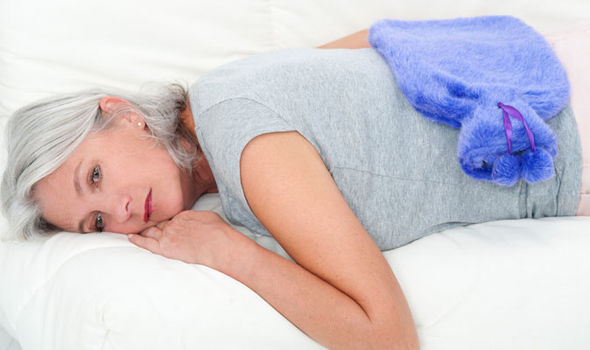Eshealthtips.com – While back pain is not typically a serious medical condition, it is an annoyance that can be debilitating. While it is rare to require emergency medical care, back pain often improves on its own. There are three main types of back pain: organic, mechanical, and idiopathic. Spinal conditions can be acquired later in life or congenital. While the latter are the most common, a variety of other causes may be present.
Effective Treatment Method to Pain Area
Self-care methods include applying heat or cold to the affected area, or sitting with a back support. These methods are best used for the first 48 hours following the onset of pain. Generally, these methods are effective at providing temporary relief and may even reduce pain. However, if the pain persists, it may be time to see a medical professional. You should keep in mind that nonsurgical treatments are an excellent option, even if you’ve been told to seek medical attention.
A doctor can perform a physical examination and confirm a diagnosis of spondylosis, which is a degenerative disorder characterized by weakened bones and discs. Spondylosis is one of the most common causes of low back pain and is determined by a person’s age and the amount of degeneration exhibited by the spine. Once a diagnosis is made, a doctor can recommend physical therapy, bracing, and surgery.

Patients with severe or chronic pain may be prescribed a drug that treats the pain. The painkiller codeine is commonly prescribed in the form of co-codamol, which combines paracetamol with codeine. However, patients should be aware of the risk of constipation while taking codeine. A muscle relaxant called diazepam is also recommended. This medication belongs to the benzodiazepine family and is habit-forming. Benzodiazepines should be used only in limited amounts and not for long periods of time.
Diagnosing Conditions with Non-Surgical Treatment
A physiatrist can diagnose your condition and determine whether a nonsurgical treatment plan would be beneficial. The doctor will perform a physical examination and imaging scans to find the underlying cause of your pain. He may also recommend a referral to a spine surgeon, rheumatologist, or pain management doctor, depending on the underlying cause of the pain. The treatment plan for nonsurgical treatment depends on the specific symptoms of your condition.
Nonspecific back pain can be a concern for many people. The pain can be dull or sharp, affecting a single point or a large area. It may be accompanied by muscle spasms or stiffness. You may also experience pain in the leg. Ultimately, nonspecific low back pain can interfere with your daily activities and can alter your lifestyle. This is why you should seek medical care immediately. If you feel pain in your back, consult a doctor for appropriate treatment.

Nonsteroidal anti-inflammatory drugs are a common treatment for low back pain. These drugs are nonsteroidal anti-inflammatory drugs and relieve pain by stimulating nerves in the skin. However, they may have side effects such as gastrointestinal problems, and it is important to seek medical attention for chronic pain. There are many types of back pain medications, so a doctor will be able to prescribe the right medication for your case. But remember that nonsteroidal anti-inflammatory drugs are only a short-term solution.
How to Get Rid of Pain and Restore Health
Other possible causes of back pain include osteoarthritis and degenerative disk disease. Accidental trauma or acute stress can also cause back pain. The adult thoracic and lumbar spine is made up of 17 bones, each with a cushion between them. Each disk has an outer rind and an inner gel. Depending on the cause of your back pain, treatment can be simple or complex. The goal is to eliminate the pain and restore your health.
Acute or chronic pain originating in the lower back region may be caused by a torn ligament or muscle. Inflammation or compression of a spinal nerve root can cause sharp pain and radiating numbness or weakness in the legs. It can also affect your bladder control or cause you to have trouble urinating. Severe pain may be a symptom of spinal stenosis.

Some types of nighttime back pain do not signal serious medical conditions, though. Low back injuries are common, such as lumbar strains and sprains. Those that are not painful during the day can be caused by a chronic disease called ankylosing spondylitis. In such cases, the symptoms will gradually improve if you increase your physical activity, but they will most likely be worse during the night. Other causes of nighttime back pain are wear and tear on the spine and osteoarthritis.
Reference: